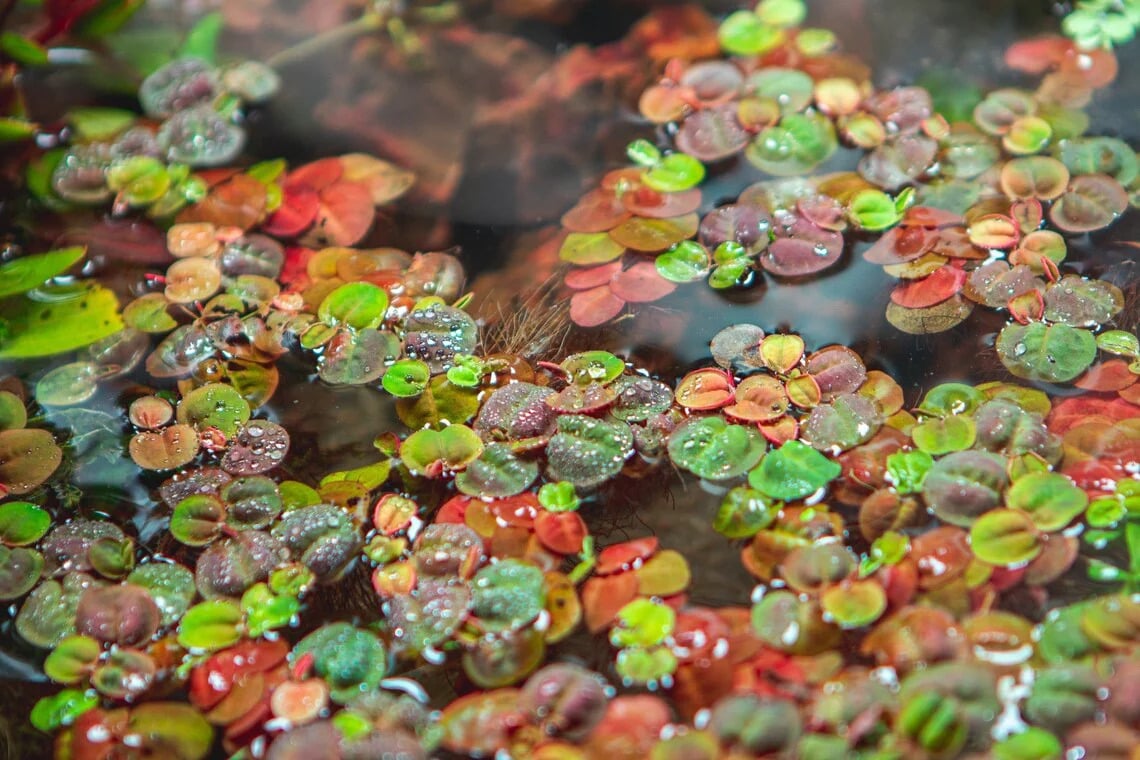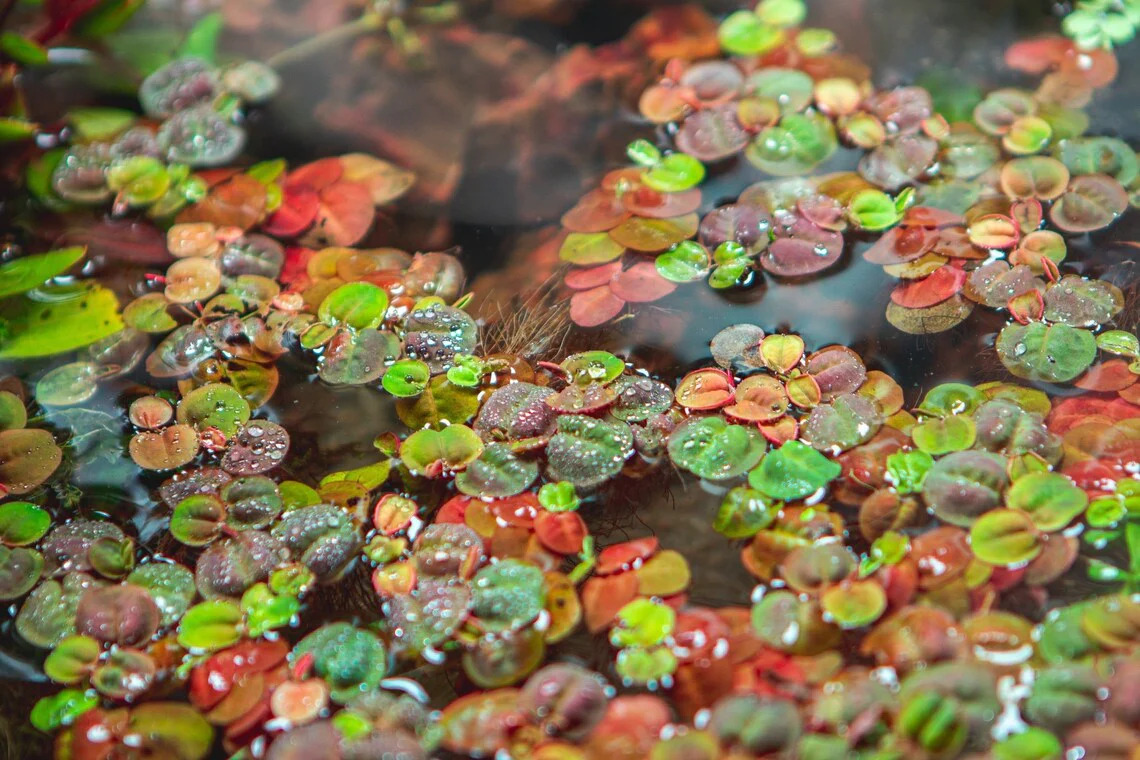
Floating plants are a wonderful addition to any aquarium. They not only enhance the beauty of your aquatic environment but also offer numerous benefits to both the plants and the inhabitants of your tank. In this guide, we'll explore the different types of floating plants, their advantages, and how to care for them.
Why Choose Floating Plants?
Aesthetic Appeal: Floating plants add a lush, natural look to your aquarium, creating a serene and picturesque underwater scene.
Water Quality Improvement: These plants absorb excess nutrients and help reduce algae growth by competing for light and resources.
Shelter and Security: Floating plants provide cover for shy fish and fry, making them feel safe and reducing stress.
Oxygenation: By engaging in photosynthesis, they release oxygen into the water, improving the overall health of your aquarium.
Popular Types of Floating Plants
Duckweed (Lemna minor): Tiny, fast-growing plants that form a dense mat on the water's surface. They are excellent at nutrient absorption but can quickly cover the surface if not controlled.
Frogbit (Limnobium laevigatum): Resembling small lily pads, frogbit is easy to maintain and provides great coverage and shade.
Salvinia (Salvinia natans): A small, hardy fern that grows in clusters, salvinia is perfect for adding texture and variety to your aquarium.
How to Care for Floating Plants
Light Requirements: Most floating plants thrive in moderate to high light. Ensure your aquarium receives adequate lighting to promote healthy growth.
Nutrient Needs: While floating plants absorb nutrients from the water, they may benefit from occasional liquid fertilizer, especially in low-nutrient environments.
Water Movement: Gentle water flow is ideal. Strong currents can push floating plants around, making them less effective and potentially damaging them.
Pruning and Maintenance: Regularly remove excess growth to prevent overpopulation, which can block light and reduce oxygen levels. Trimming helps maintain a balanced and healthy aquarium.
Troubleshooting Common Issues
Yellowing Leaves: This could indicate a nutrient deficiency. Consider adding a balanced liquid fertilizer.
Overgrowth: If your floating plants are taking over, manually remove some of them to maintain a healthy balance.
Root Rot: Ensure that the roots are not submerged in stagnant water and that there's enough movement to prevent rot.
Incorporating floating plants into your aquarium offers both aesthetic and functional benefits. They are relatively easy to care for and provide a natural, healthy environment for your aquatic pets. Whether you're a seasoned aquarist or a beginner, floating plants can transform your aquarium into a thriving underwater paradise.
Explore a variety of floating plants and start your aquatic gardening journey today. For more tips and plant options, visit Canton Aquatics. Happy planting!


Leave a Comment